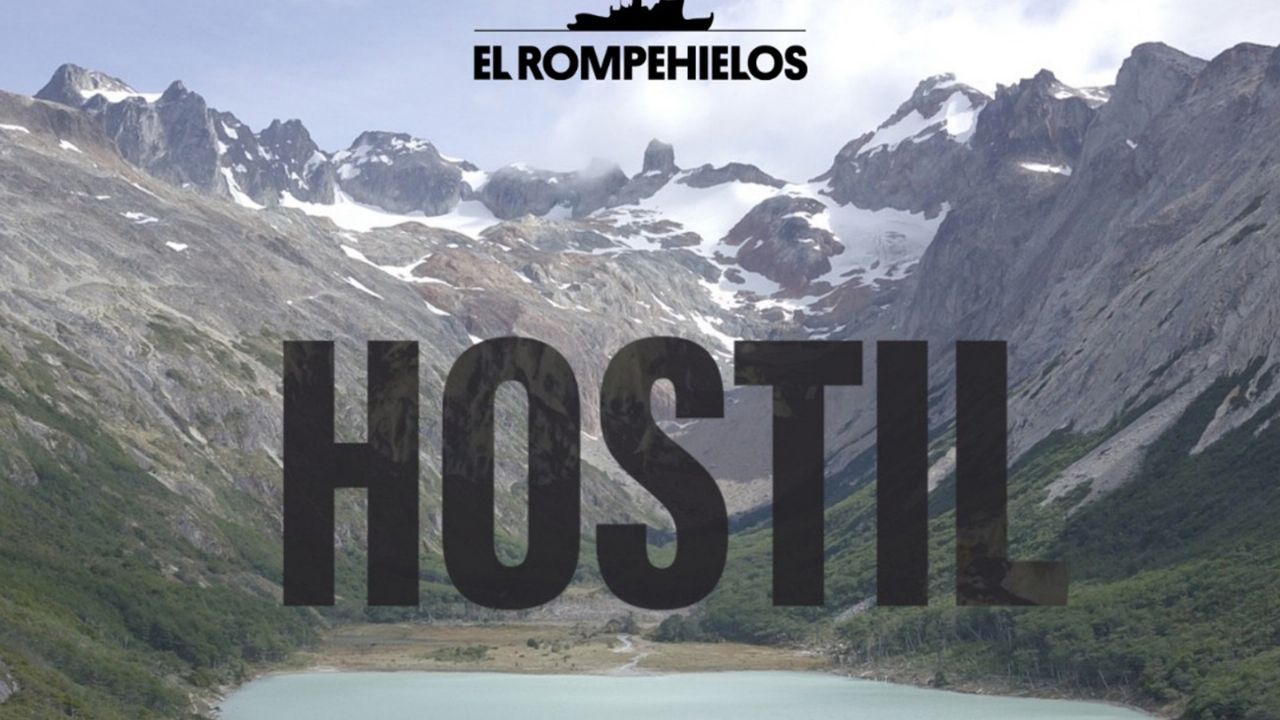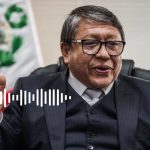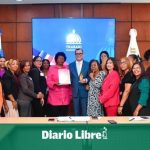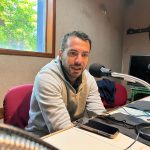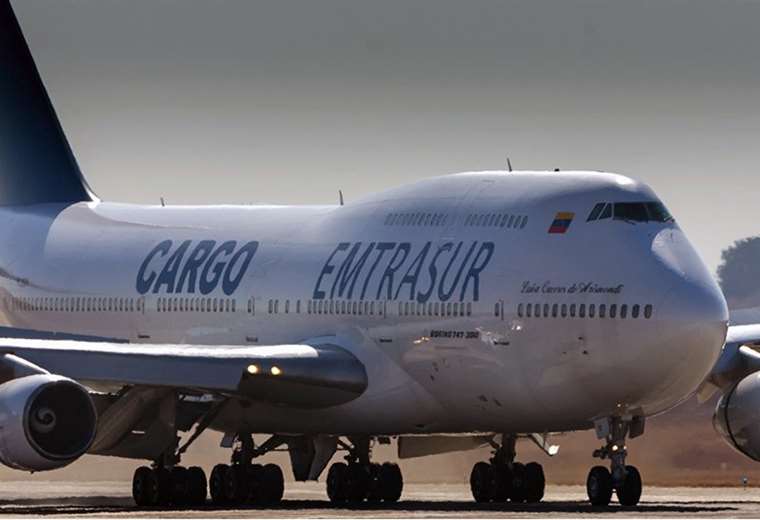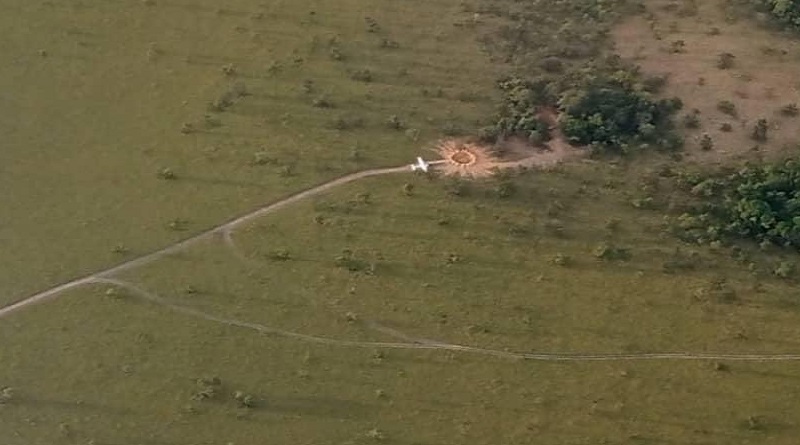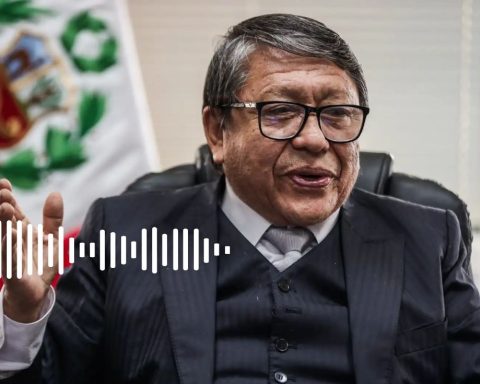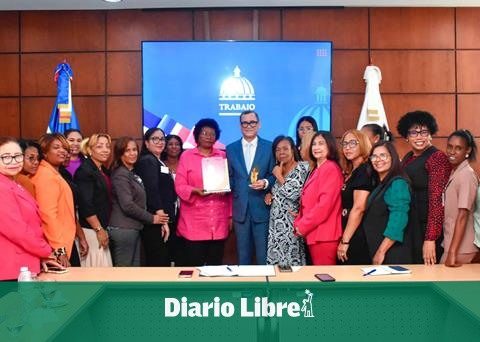Humans today are very disconnected from nature. Our heads are on phones and computers, and the idea of going out to explore is a long way off these days; I think this is one of the crises that humans face socially and culturally: that people don’t know where they live.
With these words from Kristine McDivitt Tompkins, North American conservationist and ambassador of Protected Areas of the United Nations, begins the documentary “Hostile”, a feature film that tells the story and experience of four expedition members during a trip to Tierra del Fuego to show and document the retreat of the glaciers.
Nevertheless, “Hostile” it is not a production anyone, because the four characters who embark on this expedition manage to record, through Google Street View technology, the serious ecological impact that has been generated in these ecosystems as a result of global warming and human intervention.
Likewise, “Hostile” reflects on the urgency of taking action on the climate crisis, an aspect with which any viewer can feel identified, since, just as human beings cause a negative impact on the environment, they can also do something to reverse it.

This documentary, directed by Fernando Urdapilleta, (graduated in Communication Sciences, screenwriter and director of photography), invites you to visit some of the most remote places on the island and portrays the dimensions of global warming to “make more people understand what is happening in this region with these ecosystems, which today are seriously threatened”as explained by Urdapilleta himself in an interview for Minute Argentina.
This project stems from the personal interest of several of the protagonists; among them, Federico Frigerio, producer and leader of the expedition, and Alexis Caporale, environmental technologist, who individually not only had a concern about the effects of climate change, but also, from their place, have taken an active part to treat to reverse the crisis.
In this sense, both activists had the need and urgency to show the world these problems and denounce them on a larger scale, so, in order to show the melting of the glaciers, they undertake this expedition, and with the technology of Google Maps manage to map, for the first time, these places that can now be visited virtually from anywhere in the world.
As expedition members, they looked for Google technology, as it is a public and free platform, which anyone can access no matter where they are, well, For Federico and Alexis, it was very important that all the information they could collect during the trip be open access to the public, since what they seek is to raise awareness and promote actions to protect nature..

“The documentary it is a double platform; on the one hand, what is the audiovisual, that one sees in the cinema and that tells you about the journey they made; later, it has Google’s digital platform, in which one gets into Google Maps and can literally go through the same journey they did”, underlines Urdapilleta.
This, more so, if one takes into account that a place like Tierra del Fuego, which even due to its location is usually further away from the rest of the population, needs all citizens to take part in its environmental problems, because, finally, it is a situation that affects everyone, not just Argentines.

In addition, it was important for the expeditionaries to use this technology to denounce these environmental problems, since it itself can serve as a tool to mitigate the effects of global warming and to adapt to the social, economic and cultural consequences that this brings.
With the Google Trekker camera, made up of 15 high-resolution lenses that capture 360° images every few seconds, they managed to document the current state of the Martial Glacier, the Vinciguerra Glacier, the Ojo del Albino Glacier and the Miter Peninsula. And while the landscape is breathtaking in its beauty and majesty, it’s also heartbreaking as it’s clear that glaciers are disappearing at an unprecedented rate.
Especially these glaciers, which are considered cirque glaciers, are more exposed to global warming, because, in addition to being smaller, they are low-lying and closer to the coast, which makes the level of melting progress faster; it is even estimated that some of these ecosystems will disappear completely in the next 40 or 50 years.
Therefore, on the premise that “You cannot want what you do not know and you cannot protect what you do not want”the documentary immerses the viewer in the same expedition in an almost organic way that, at the same time, invites and promotes the need to take action to protect natural resources, because, as its director underlines in dialogue for this newspaper, “it is really a tragedy that our children never see glaciers and we do not know if we will be the last generation to see them.

The expedition
Although initially the expedition begins with the idea of only going through the glaciers of the island, the same route takes them, almost unexpectedly, to visit the Miter Peninsula, a place where 90% of the peat of everything is preserved. the country, which gives this region an invaluable and irreplaceable ecosystem value.
Peat, as Urdapilleta explains, is semi-decomposed organic matter that has the potential to store carbon in an unlimited way, since that carbon is housed in its own organic composition and, unlike forests, never returns it to the ground. In addition, peat manages to capture three times more CO2 than all the forests in the world.

However, peat bogs take years to create, since one millimeter of peat is generated per year and, although it is an irreplaceable and essential natural environment for reversing the effects of climate change, it is destroyed. Therefore, the urgency of preserving a territory such as the Miter Peninsula, since despite its high ecosystem value, it currently does not have any protection or conservation policy.
In this sense, another of the objectives of the documentary film it is precisely to generate more pressure on the local agenda, so that the legislators of Tierra del Fuego approve different projects promoted by NGOs, in order for this area to be protected.
In addition to the experience lived by each of the expedition members, which is recounted by themselves, the documentary also reflects the voice of experts on the subject, who not only give greater relevance to the complaint, but also explain the urgency of protecting the environment, because if action is not taken now, it may be too late later.
Although it was the first documentary directed by Urdapilleta, he previously worked as a director, photographer and screenwriter in other major national productions such as “El Silencio del Impenetrable”, “El Destino de Elena” and “Pueblo de Río Grande”, to name a few, and All that experience helped him create a unique and captivating feature film that mixes adventure, science and technology with a road movie style.

The movieIn addition, it was made by the Fuegian production company “El Rompehielos”, directed by Manuel Fernández Arroyo, which has achieved that its productions are presented in cinemas, international festivals, national media and universities in South America and Europe. In particular, this production company is characterized by wanting to give a voice to stories and people from Patagonia, which is why they did not hesitate to make part of a documentary like “Hostile”.
Fernández worked side by side with Urdapilleta, who also highlights the work and support of other of his colleagues such as Ignacio Robayna, who, in addition to being a fundamental part of the production, provided all the tools for its production.

Urdapilleta stresses that one of the greatest challenges of doing “Hostile”, in addition to the complexity of the filming in the territories, was the edition, since together with Emiliano Rodríguez (editor), they had to manage to condense hours and hours of recording and information in a product that managed to transmit and, in turn, denounce the importance of its message: to become aware of the urgency of protecting ecosystems.
Despite the hard work, the result was impeccable and wonderful, and proof of this was the success of its pre-release, which took place between July 21 and 26, when the documentary was made available through on YouTube, where it managed to have more than 100,000 views in five days and be seen from all over the world, especially Latin America.
Now, the film entered, as its director explains, in the festival phase, that is, it will be screened at different film festivals around the world to reach more people and make its complaint more visible.
In addition, both its director and all the people who were in charge of the production and who were part of this feature film, hope that “Hostile” will soon be screened in national and international cinemas and all digital platforms, well, Without a doubt, the film, in addition to offering a unique experience to the viewer, also motivates them to take action.
As an invitation to the audience to see the production, Urdapilleta explains: “I think that in “Hostile” they are going to find a film on climate change that is not the typical documentary that can sometimes be defeatist, but, on the contrary, they are going to see a documentary mixed with a road movie, with a lot of scientific information that I think invites you to to be able to take an initiative of what you can do personally”.
And adds: “We must never underestimate the ability we have as citizens to put issues on the agenda, to set an example and to pressure our representatives to take action” in terms of environmental protection; Well, just as problems affect us all as a society, seeking solutions also requires a collective call.
In this sense, “‘Hostile” is an irrefutable sign that it is worth showing, from another perspective, the environmental crisis, because something can still (we can!) do something to protect the natural wonders of the world.
